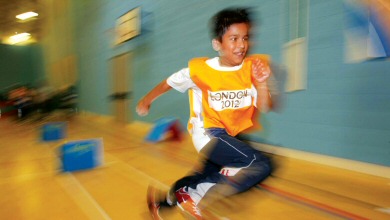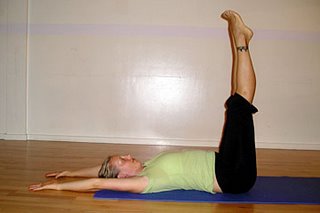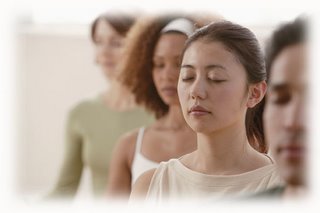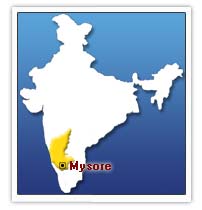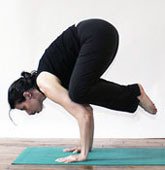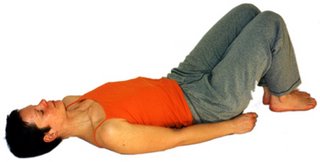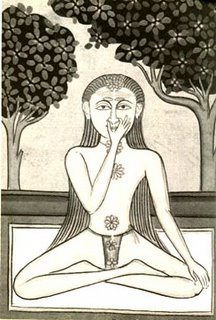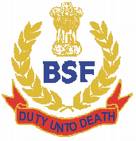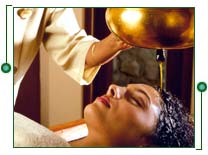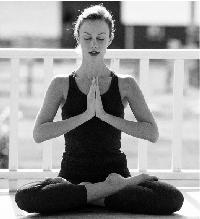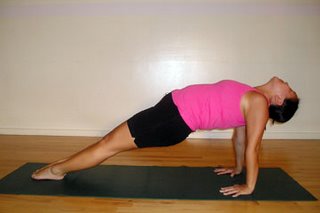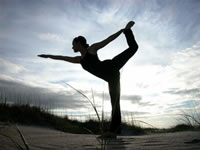Lilias Folan is an expert at journeys.
A renowned guru who helped introduce yoga to Americans through her PBS show, "Lilias! Yoga and You," which ran 1972-92, Folan often spends her weekends on the road conducting workshops for yoga devotees.
When she's not teaching, she's either at her home in Cincinnati or on a journey to her refuge, a 270-acre former sheep farm in Virginia that boasts a Civil War-era cabin made of chestnut logs.
But perhaps Folan's favorite journey is the one she can do anywhere, any time -- the journey into deep meditation and relaxation that she's been on for the past 40 years. She originally turned to yoga as a way to cure what she calls "the blahs."
Folan, 70, will be in Dearborn Heights this weekend to lead a workshop of classes, sponsored by the Yoga Association of Greater Detroit.
QUESTION: You're often thought of as the "first lady of yoga." Yet you got into the discipline in a thoroughly normal way. Can you tell us why you started doing yoga in the first place?
ANSWER: I began my yoga journey in the mid-'60s. Yoga was considered to be quite hippie, but that wasn't why I got into yoga. I went to my family doctor with a litany of physical ailments and he said, "Madam, there is nothing wrong with you -- you're suffering a case of the blahs. You need to exercise."
My back was aching, I had low energy -- taking care of two young sons -- I was tired all the time and smoking half a pack of cigarettes a day. ...
Yoga sounded interesting and a little different. I was curious and those are the kinds of things that bring people into yoga. In 10 weeks, I was sleeping better and in another two months my back felt stronger and six months later smoking gave me up.
Q: Now yoga is one of the most popular fitness trends out there. There are even classes that fuse yoga with other disciplines like tai chi, Pilates, etc. What do you think of its booming popularity -- and the spinoffs it has spun?
A: They're combining two traditions. I like to be clear about yoga and where it came from. It's 2,000 years old. This more contemporary use of yoga, it's fine. I just like to know my roots and where it came from. It's a deep philosophy and a science and study of itself. I've been 40 years on this journey and it's fascinating.
Q: What do you think it is about yoga that someone could practice for a lifetime and not grow out of it?
A: Isn't that interesting? I look at what you just said in wonderment myself and ask the same question. My feeling is that we have a deep wisdom in us that is dormant and it's young. As the years go by wisdom begins to deepen. ... That's the beauty of aging.
How many times can you do a downward facing dog, the basic pose of yoga? Well, it's deepened. There's a wisdom that has deepened as we practice.
By wisdom I mean that if there is an anger or fear that comes up, I can let it go by. I don't have to hold onto it.
Q: You focus a lot on helping middle-aged and older people discover yoga and your most recent book is "Lilias! Yoga Gets Better with Age" (Rodale, $22.95). What are some of the benefits?
A: What I do is say mid-aged and beyond. I'm sensitive about that. ... I have older students and I have students of all ages, size and shapes and all degrees of experience and I love that. I want to help people take the first steps with yoga.
It's easier to walk, stand, sit and sleep. ... I think mid-aged and beyond are looking at ways to maintain our health in our maturing years.
Q: What should someone look for in a good yoga instructor?
A: If you feel well and happy and energized at the end of the yoga class, chances are you are in good hands. In today's yoga world, many teachers are registered with the Yoga Alliance and that requires 200-500 hours of study. I'm a member of that. I'm an E-500 registered yoga instructor.
Q: What is a 1-minute vacation?
A: It's an experience that I bring into a yoga class. You just close your eyes and go into vacation mode.
What do you do when you're on vacation? If you're on vacation, you sigh, you say, "Isn't this pleasant?" You smile. For 30 seconds you just are on this desert island and it's the oasis within you.
Q: How often do you recommend that people do that?
A: If we think about it once a day, we're doing darn well. That's the good part of our yoga classes -- taking some nourishing part like that and putting it into your life.
Q: What would people be surprised to know about you?
A: One, I love to learn Italian. I love Italy and I love the language and I study Italian. Two, I love opera. I love to study opera and I love learning about it. Those are two of my passions. And I guess it's pretty obvious -- I adore my seven grandchildren.
Q: How has the practice of yoga changed over the years?
A: Big changes, big changes. One is that in the '60s everyone did the yoga postures the same way ... every age, no matter what, everyone did the postures the same way.
And frankly there were a lot of injuries. And that's where my teaching started to flower because I could see that there were problems.
Today there is alignment, props, consideration for age, yoga therapy. ... Now today there are many cautions. "If you can, do it this way, try it this way." There's also a huge respect from the medical community for the value of yoga postures, breathing and relaxation in managing stress.
It really is detrimental to your health to stay in a toxic body. And it's easy to turn around and it's fun. ... I want to have a good time. The joy is in the journey.
 I came to writing this article specially focus on people interested in starting a website on yoga. Yoga is a practice in which our body and mind get relaxed and maintain our equilibrium by keeping us calm. You like Yoga. You know the importance of Yoga. You want to share this great tool to everybody. You are seeking a method to publish your thoughts on yoga in a website. Then This article is for you.
I came to writing this article specially focus on people interested in starting a website on yoga. Yoga is a practice in which our body and mind get relaxed and maintain our equilibrium by keeping us calm. You like Yoga. You know the importance of Yoga. You want to share this great tool to everybody. You are seeking a method to publish your thoughts on yoga in a website. Then This article is for you.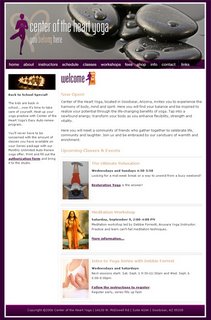 If you want a good design for your yoga related website, but not know how to design one, just search for yoga templates. In internet there is lot of free yoga website templates already available. Choose one and customise the design for your website. You can also collect various poses' pictures from internet.
If you want a good design for your yoga related website, but not know how to design one, just search for yoga templates. In internet there is lot of free yoga website templates already available. Choose one and customise the design for your website. You can also collect various poses' pictures from internet.






